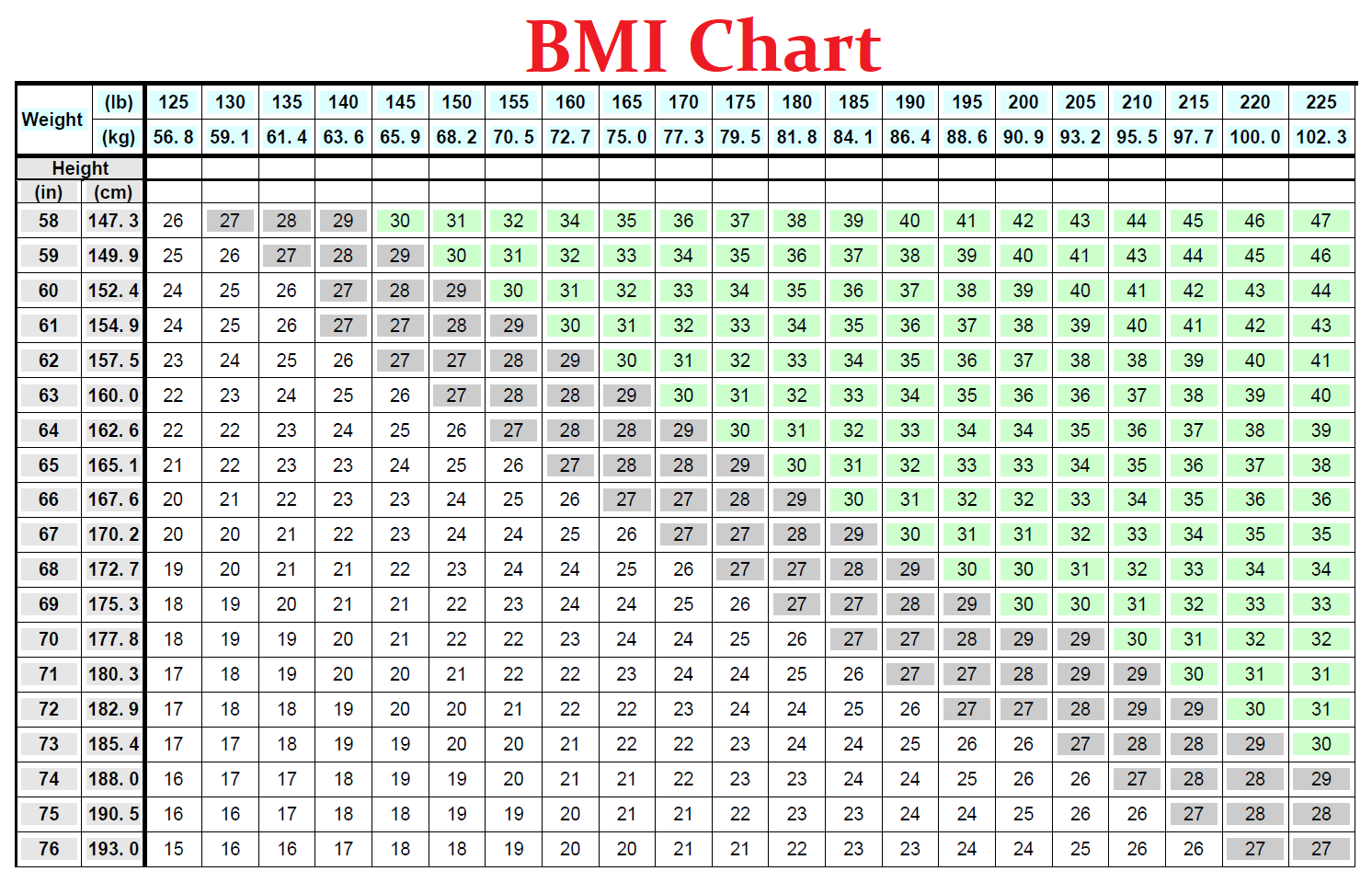Fat Overweight Teens are at high risk of developing serious diseases later in life including Diabetes, Hypertension, Heart Failure, PCOS, and Osteoarthritis. Dietary habits and healthy activities that promote weight loss should be encouraged and incorporated into the daily routine from teenage.
There are several changes that occur during the teenage. It is a very crucial time because at this stage a teen experiences physical, emotional, and intellectual growth.
Proper physical development necessitates an increase in calorie and nutrient requirements. Assisting your teen in developing a positive relationship with food will go a long way toward helping him grow into a healthy and self-reliant adult.
Why is Healthy Eating Necessary?
Around the age of 12 to 14, girls and boys have a growth spurt. Whether a kid is too gangly or too overweight, it’s crucial to shift the teen’s attention away from his or her physique and toward the benefits of eating well and eating healthy.
Although obesity and overweight teens can have some serious complications this can be managed by proper nutritional counseling.
What Causes Obesity in Teens?
Childhood obesity is a perplexing disease in many ways. There is not a common cause of obesity or weight gain during childhood, it can be due to several reasons. On the one hand, the cause appears straightforward, A person will acquire weight if they consume more calories than they use for energy.
Obesity in teenagers, on the other hand, can be caused by a variety of factors like:
- Metabolic issues (how the fat is metabolized in the body)
- Genetic disorders
- Hormonal Imbalance
- Sedentary lifestyle
- Socioeconomic problems
Is Obesity an Appearance Issue or a Medical Problem?
Many looks-conscious people in our society believe that being overweight is a matter of appearance. However, being overweight is a medical problem because it can have a negative impact on a person’s health.
Types of Obesity: Gynoid Vs Android, Childhood obesity & Grades
During teenage, increased weight can harm physical and mental growth along with other complications such as hypertension or sleep apnea.
Children might even feel embarrassed about their appearance or be bullied at school. Parents often find it difficult to help their child in these circumstances but they must assist the child in making dietary and activity modifications that will put them on a healthier path.
Symptoms Of Obesity in Teens:
Obesity is characterized by excessive body fat. However, measuring body fat directly is difficult. It is calculated using a formula known as the body mass index (BMI). For teenagers, the percentile charts are used instead of the BMI formula.
A teen with an overweight BMI falls between the 85th and 95th percentiles for his or her age and gender. If their BMI is more than the 95th percentile for their age and gender, they are considered obese.
BMI (Body Mass Index) Formula, Chart, Range, & Alternative Tools

Complications Of Teenage Obesity:
Obesity can have a variety of negative effects on a child’s health. These are some of them:
Elevated Blood Pressure and Cholesterol:
- Teenage obesity leads to increase serum cholesterol levels and high blood pressure. Both these complications put obese children at risk of heart disease.
Diabetes:
- Type 2 diabetes is mainly caused by obesity. Insulin resistance, the hormone that regulates blood sugar, can result. Blood sugar levels rise over normal when obesity leads to insulin resistance.
Osteoarthritis:
- It is generally characterized as weak joints. Because of the stress exerted on the joints by excess weight, obesity can impair the knees and hips along with an increased risk of fractures and dislocation.
Psychosocial Problems:
- Overweight and obese people often suffer hate and disadvantages. This greatly affects their self-esteem, emotional health, and social life.

Sleep Apnea:
- The risk of sleep apnea is higher among obese children.
Treatment Options for Teenage Obesity:
Treatment will be determined by symptoms, age, and overall health. It also depends on the severity of the problem. Obesity treatment options include:
- Dietary advice
- Dietary changes and the number of calories consumed
- Increased physical activity
- Behavioral changes
- In severe cases, medication or even surgery might be required.
What is Wegovy, Rybelsus, and Ozempic? Efficacy in DM and Obesity
Dietary Tips for the Management of Fat Overweight Teens:
Both teenage girls and boys require sufficient nutrition in order to achieve optimal growth and development as well as maintain healthy body weight. In order to maintain weight, dietary interventions must be done.
A diet rich in whole grains, fruits, vegetables, no-fat or low-fat milk products, beans, eggs, fish, nuts, and lean meats is the greatest approach for teenagers to maintain a healthy weight.
Eating healthily entails obtaining the proper nutritional balance. Teenagers will require more calories as well as an increase in critical nutrients such as protein, calcium, and iron as he or she matures. During teenage, a diverse diet must be consumed.
Fruits and Vegetables for Fat Overweight Teens:
- Teenagers must include a variety of fruits and vegetables in their diet. 2-10 cups of fruits and veggies should be consumed.
Proteins for Fat Overweight Teens:
- Protein is required for the proper growth of muscles and organs. Protein-rich foods must be added to the diet during teenage. Lean meat, poultry, and fish are all good sources of protein.
Calcium Intake for Obese Teens:
- A daily 1,300 mg of calcium is recommended. Every day, a teen should consume three 1-cup servings of calcium-rich fat-free or low-fat meals. Yogurt, milk, and low-fat cheddar cheese are good sources of calcium.
Essential Fats for Overweight Teens:
- Many teenagers consume an excessive amount of fat, sodium, and sugar in their diet. Only essential fats must be included in their diets s they aid in brain development.
- Unsaturated fats should account for 25-35 percent of a teen’s overall calorie intake. For teenagers who require 2,000 calories per day, this equates to 56-78 grams of fat per day. Saturated fat should account for fewer than 10% of daily calories.
Iron-containing food:
- Between the ages of 10 and 17, boys’ lean body mass doubles, necessitating the use of iron to promote their growth. Girls require iron for growth as well as to replace blood lost during menstruation. Lean beef, iron-fortified cereals and bread, dried beans and peas, and spinach are all good sources of iron.
Family Strategies to Help Fat Overweight Teens
Starting with your family’s way of life is an excellent place to start. You set a positive example for your child when your entire family eats healthy and engages inadequate daily physical activity. This is also a fantastic method to encourage and support children.
Here are a few practical considerations for your family’s lifestyle.
Snacks and healthy foods
If you stock your refrigerator with nutritious snacks and meals, your child will have a variety of healthy options to pick from when he becomes hungry.
You may also encourage your child to make good eating choices by eliminating unhealthy foods from your homes, such as chips, biscuits, lollipops, and soft drinks.
It is significant to eat a healthy breakfast every day. A healthy breakfast will keep your child fuller for longer, reducing the chances of her snacking on sugary or fatty meals later in the day.
Eating a nutritious family meal regularly encourages your child to eat well.
Maintain a healthy balance of screen time
It’s critical to maintain a good balance of screen time and other activities for your child.
Physical activity
Children from 5 to 18 years of age should engage in at least 40-60 minutes of moderate to strenuous physical activity each day.
A great way to encourage your child to do physical activity is to involve the whole family in it. For example, playing cricket or going for a walk together.




